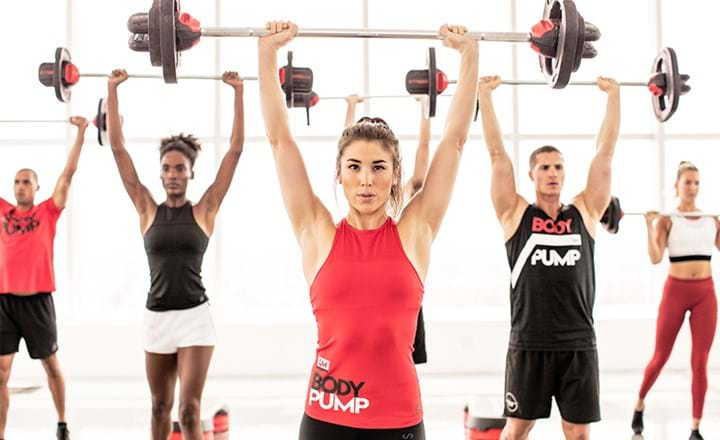
What’s the true value of a workout? Is it that X program helps members burn an extra 50 calories, drop a dress size or squeeze into that pair of skinny jeans they’ve had their eye on? Partly, but it’s a bit like holding a triathlon and only advertising the running stage. It’s just a small part of a much bigger picture.
As an industry, we’ve always had an innate understanding of the value workouts bring in terms of physical, social and emotional wellbeing, but it’s not always been clear to the public.
Whether it’s due to lack of scientific evidence, the influence of the obesity debate, or simply because calories are something everyone just ‘gets’, our workouts have too often been reduced to being judged solely on the number of calories they burn. Consequently, the true value of a workout is often undersold and underappreciated.
But that could all be about to change.
A major breakthrough
Groundbreaking research from the Auckland University of Technology has found that workouts incorporating resistance training can trigger far greater fat-burning and other healthy responses in the body than cardio workouts alone.
The study – a collaboration with Les Mills International published in the March 2018 Journal of Science and Medicine in Sport – sheds new light on the body adaptations taking place during exercise. It also casts serious doubt on the usefulness of calorie counting for measuring a workout.
The researchers concluded that resistance training and cardio workouts have different effects on the hormonal and physiological changes that take place in people's’ bodies, even if they burn the same number of calories.
By comparing the levels of Human Growth Hormone (HGH) present in subjects after they had completed BODYPUMP™ and a steady-state cardio session on a bike, it was shown that HGH was 56 per cent higher after resistance training, while levels of blood lactate (which accumulates to spark the HGH response) were up 81 per cent despite the fact that the duration and calories burned in both workouts were exactly the same.
“Human Growth Hormone oxidizes fat and builds lean muscle tissue,” says Bryce Hastings, Les Mills Head of Research. “That’s important for ongoing calorie expenditure because muscle burns more calories than fat. The more muscle you can build, the more calories your body will burn long-term. Combine that with increased fat loss and the result leads to rapid changes in body composition.”
What does this mean for clubs?
The findings suggest that judging a workout by the calories it burns only tells one aspect of a much bigger and more compelling story.
For Les Mills CEO, Phillip Mills, the research gives clubs a chance to shake off the shackles of calorie counting and draw greater focus to the holistic benefits brought by incorporating various types of workout into a training program.
“Like judging a spin bike on its ability to get you from A to B, resistance sessions like BODYPUMP and weight-based workouts in clubs have been criminally undervalued by society’s fixation on calorie counting,” he says.
“Science is the best driver of progress and this landmark research represents a huge opportunity to up-weight the conversation and speak to the benefits of resistance training in our own authoritative voice.”
Wearables beware
The complex physiological and hormonal responses elicited by different workouts highlight the importance of clubs and trainers in helping members find the right program for them.
The results also have implications for exercisers relying on wearable devices to measure their calorie output during workouts or training sessions, according to lead researcher Dr Nigel Harris of the Auckland University of Technology.
“Calories matter,” Harris says, “but so does the effect of an exercise session on hormonal and physiological responses, which are known to have positive, long-term effects on body composition.
“A wearable device which only measures heart rate and calorie count may, therefore, be too limited a tool to get an adequate understanding of the other, arguably more important, adaptations taking place in our bodies when we exercise.”
A link to the published paper in the Journal of Science and Medicine in Sport is available here.
Download the BODYPUMP research toolkit
To access a range of social media, copy and image assets linked to the findings that can be used to market the benefits of resistance training to your members and prospects.
BODYPUMP RESEARCH TOOLKIT
